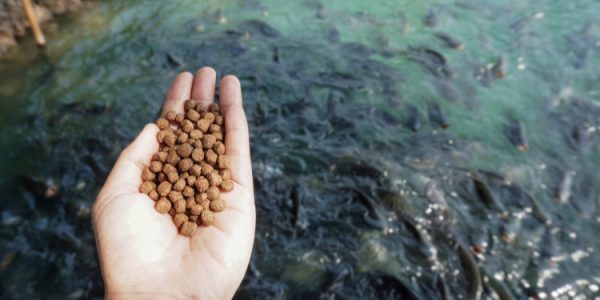Aquafeed formulation in Asia has traditionally been conservative, according to Brett Glencross, Technical Director of IFFO, the marine ingredients organization.
He elaborated, many aquafeed producers in the region treat aquafeed more like a recipe than a formulation, and they have been difficult to persuade to change.
“That said, there has been some progress, particularly where technological awareness has increased. There is growing recognition that it is about nutrients, not just ingredients,” he said in a report.
Regulatory barriers
Regulatory barriers further complicate matters, Mr Glencross revealed. In countries like Thailand, outdated government mandates on nutrient levels, based on trials from the 1980s, continue to constrain innovation.
“Thailand still mandates minimum protein levels, even though modern nutrition science shows we can vary protein and energy levels depending on life stage. For example, Asian seabass require over 50% protein early in life, but this can be reduced during grow-out. Instead of adjusting fat levels for energy, Thai feed producers often increase starch, which carnivorous species like seabass can’t effectively utilize, leading to poor growth,” he explained.
Lack of reliable digestibility data
Another significant hurdle is the lack of reliable digestibility data, particularly for locally sourced ingredients. This forces formulators to rely on outdated or inconsistent ‘book values’, according to Mr Glencross.
“You can measure crude protein or fat easily, but digestible values are harder to assess. If you are using consistent ingredients like soy concentrate or fishmeal, you can manage variability. But if you are sourcing from diverse, cost-driven markets, you introduce high variability. This means a 40% crude protein feed could deliver 35% or even just 30% digestible protein, drastically affecting growth,” he said.
Aligning research with practice
China, despite its scientific capacity, also illustrates the challenge of aligning research with practice, Mr Glencross stated.
“China now imports roughly half of the world’s fishmeal. While the global average inclusion rate has dropped from 25% to 10% over the last two decades, in China, it has remained flat, between 5% and 10%. So, as production has scaled up, their fishmeal use has exploded, not because inclusion rates increased, but because formulations haven’t changed,” he explained.
“There’s world-class nutrition science happening in China, but it’s not being adopted effectively at the industry level.”
